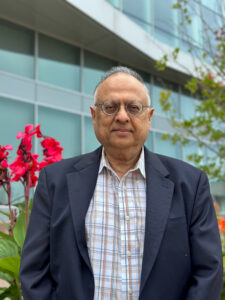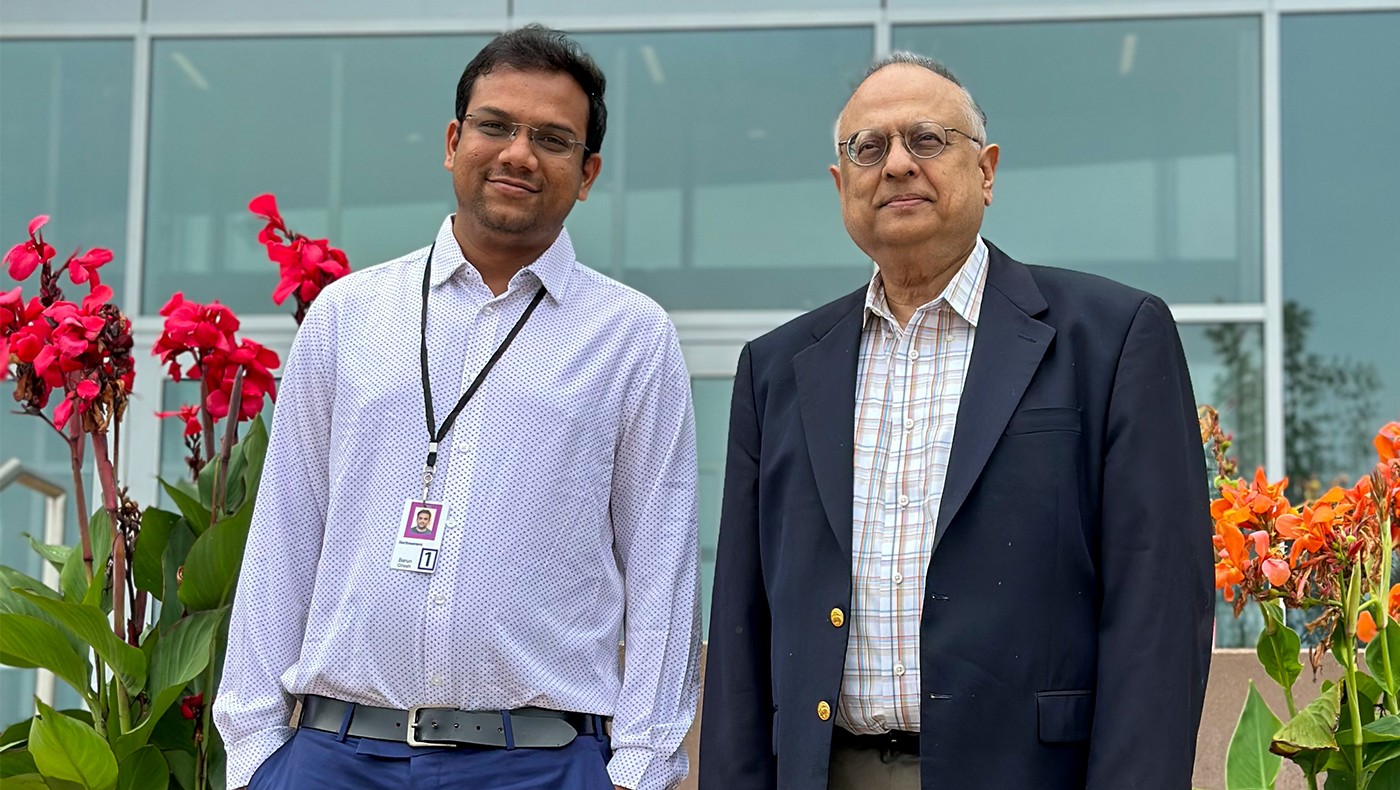At the intersection of quantum materials and revolutionary technological applications, two Northeastern community members’ latest contribution to “Science” unveils the phenomenon of a new type of nonlinear Hall effect—a discovery with tantalizing implications for our future. Postdoctoral Research Associate Barun Ghosh and University Distinguished Professor Arun Bansil of Northeastern’s Department of Physics were recently published in this widely respected and reputable academic journal for their research article, “Quantum metric nonlinear Hall effect in a topological antiferromagnetic heterostructure.”
The research done by Ghosh, Bansil, and other contributors aimed to investigate what is known as the “quantum metric,” which measures the distance between the quantum states in a material.
In the context of Ghosh and Bansil’s research article, the concept of quantum metric is applied to describe a specific phenomenon related to the behavior of electrons in materials. It is found that the quantum metric of even-layered manganese bismuth telluride and black phosphorus heterostructure influences the behavior of electrons, resulting in a peculiar transport property.
The peculiar property is a new type of “nonlinear Hall effect”— a new physical phenomenon in quantum materials. This property indicates that the current-voltage relation in certain quantum materials, including manganese bismuth telluride, is not just simply linear but also shows significant non-linear effects.
“We sandwiched ultra-thin layers of manganese bismuth telluride with black phosphorus to achieve the right condition for this effect [nonlinear Hall effect] to appear,” explains Dr. Barun Ghosh.

This research is the result of additional published work produced by Ghosh, Bansil, and other collaborators, as they have been working towards these findings since 2021.
“In 2021, we proposed a new phenomenon known as the layer Hall effect in this compound [manganese bismuth telluride]. A few months back, in the same material, we showed optical control of antiferromagnetism,” says Ghosh.
The findings mentioned were published in “Nature” and “Nature Materials”, both prestigious academic journals akin to “Science.” Regarding the research process, Dr. Ghosh adds, “It was a collaborative effort. The experimental part of the research was done at Prof. Suyang Xu’s lab at Harvard, while we provided theoretical guidance.”
Ghosh and Bansil’s theoretical guidance and the work done by the authors on this research give way to exciting future implications as a result.
 “In principle, using some version of this research, one can convert the energy of an electromagnetic wave to a direct current. Therefore, this phenomenon can be used for energy harvesting, for example, wirelessly charging devices with a battery. The most suitable application could be in various low-power devices, such as biological implants like a pacemaker,” Ghosh states.
“In principle, using some version of this research, one can convert the energy of an electromagnetic wave to a direct current. Therefore, this phenomenon can be used for energy harvesting, for example, wirelessly charging devices with a battery. The most suitable application could be in various low-power devices, such as biological implants like a pacemaker,” Ghosh states.
These applications could be revolutionary for the medical field and technology used in day-to-day life; however, Ghosh adds, “new technological breakthroughs are needed before realizing practical applications.”

